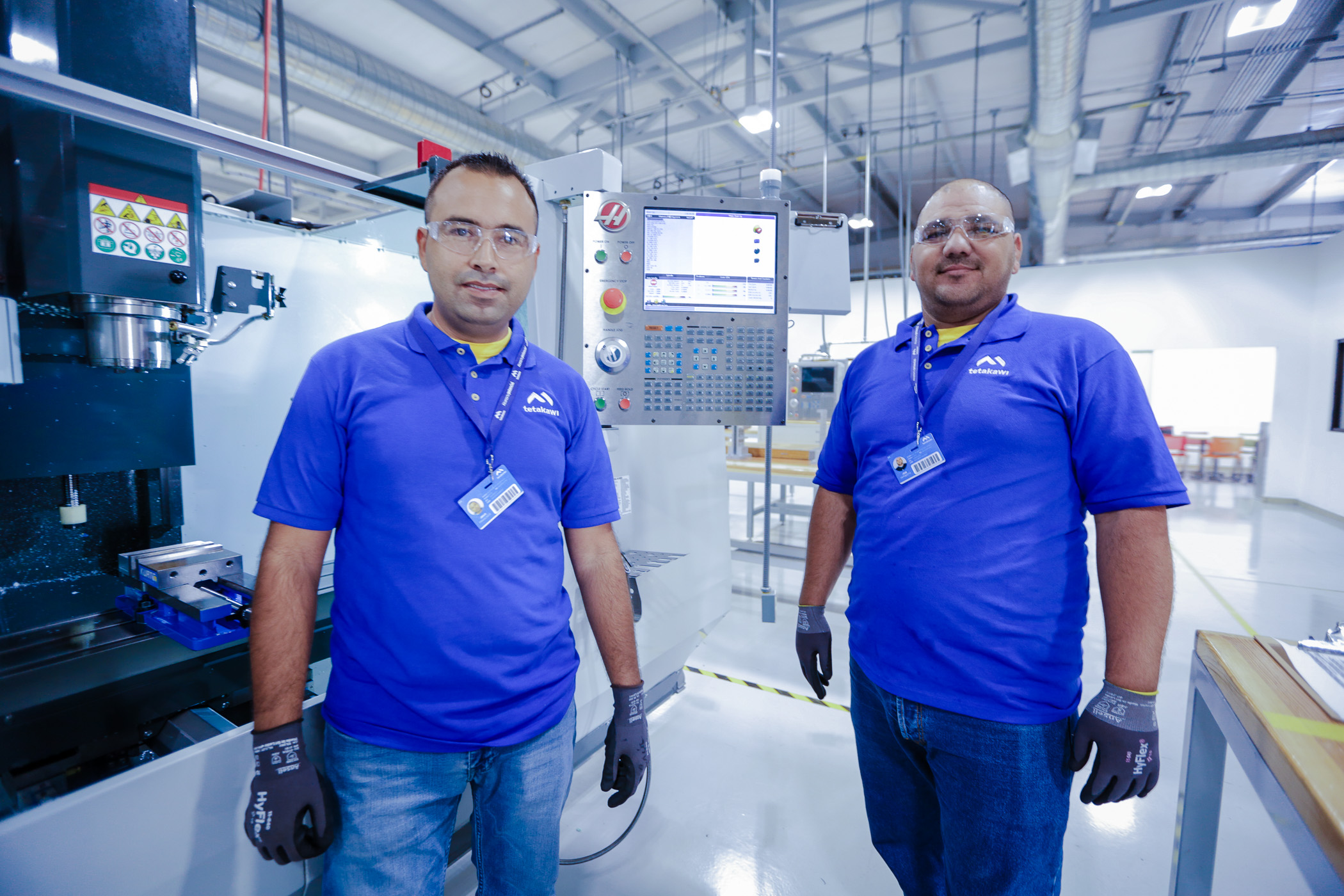No matter where a company operates, it's impossible to safeguard against 100 percent of potential disasters. However, running multiple facilities while decreasing the distance between locations can mitigate the risk. Nearshore Manufacturing to Mexico helps U.S. companies take advantage of offshoring benefits, but also limits the potential for disaster.
The Cost of Natural Disasters
Natural disasters don't just damage supply chains, they can bring distribution and procurement to a standstill. In April 2016, Japan experienced intense seismic activity that caused a number of deaths and severely damaged the country's infrastructure. U.S. auto companies that manufactured parts in the area had facilities shut down for several days. Toyota closed 26 production plants, and electronic manufacturers lost access to parts necessary for completing assembly at other locations.
When earthquakes, tsunamis, fires and other disasters strike, there can be immediate damage dealt to buildings, but companies could also suffer from long-term effects. While the business may not have a building in the area, a link in the supply chain goes out of commission when partners are hit. Not every disaster strikes all at once. PricewaterhouseCoopers detailed how droughts and heat waves can damage the local economy, cutting off natural resources and workforce.
Climate change could cause these problems to escalate in the near future - in both quantity and frequency. Companies should examine their own supply chains and see which locations sit in areas of potential risk and where disasters may become a problem. 
Shortening the Supply Chain
There are numerous strategies companies employ to protect their supply chains. Businesses often plan alternative routes to use if storms cut off roads or damage ships. It's usually wise to partner with suppliers that offer backup plans to ensure manufacturers have the parts necessary for assembly.
"One facility can pick up responsibilities when another is damaged."
Having multiple facilities is helpful because one location can pick up responsibilities when another is damaged. This is particularly effective when plants are far enough to avoid being hit by the same disaster but close enough for rapid transport and communication. Kim Wertheimer, executive vice president of CEVA Logistics, told Inbound Logistics that nearshoring is a modern tactic for avoiding the damage associated with natural disasters and other disruptive events.
"Nearshoring enters the discussion as well, because it shortens the supply chain and reduces risk and volatility," Wertheimer said.
The less distance finished products and parts have to travel, the less likely they'll encounter obstacles. U.S. business often use Mexican manufacturing facilities to benefit from a skilled labor force, favorable trade terms and plants close enough to monitor through effective communication platforms and data exchanges.
Mexico's Earthquake on Manufacturing
Earthquakes in Mexico can bring immense loss and damage to the country, specifically the capital. The Mexican earthquake of September 2017 was a tragedy that brought the country together to rebuild and rethink. Many manufacturers were quick to react and asses the damage. Automakers weren't any different. Plants near the event were evacuated and back in business a few days after the disaster. Many came out unscathed and some had little damage. During this severe time, many plant owners showed support to employees and their family members, and were up and running in no time.
Distribution, supply and travel between Mexico and the U.S. is much easier than other popular foreign manufacturing areas like China and Japan. Mexico is also less likely to suffer from disasters than certain territories, and businesses can find locations in the country with promising infrastructure and a lack of risks.
Subscribe
Sign up and stay informed with tips, updates, and best practices for manufacturing in Mexico.





